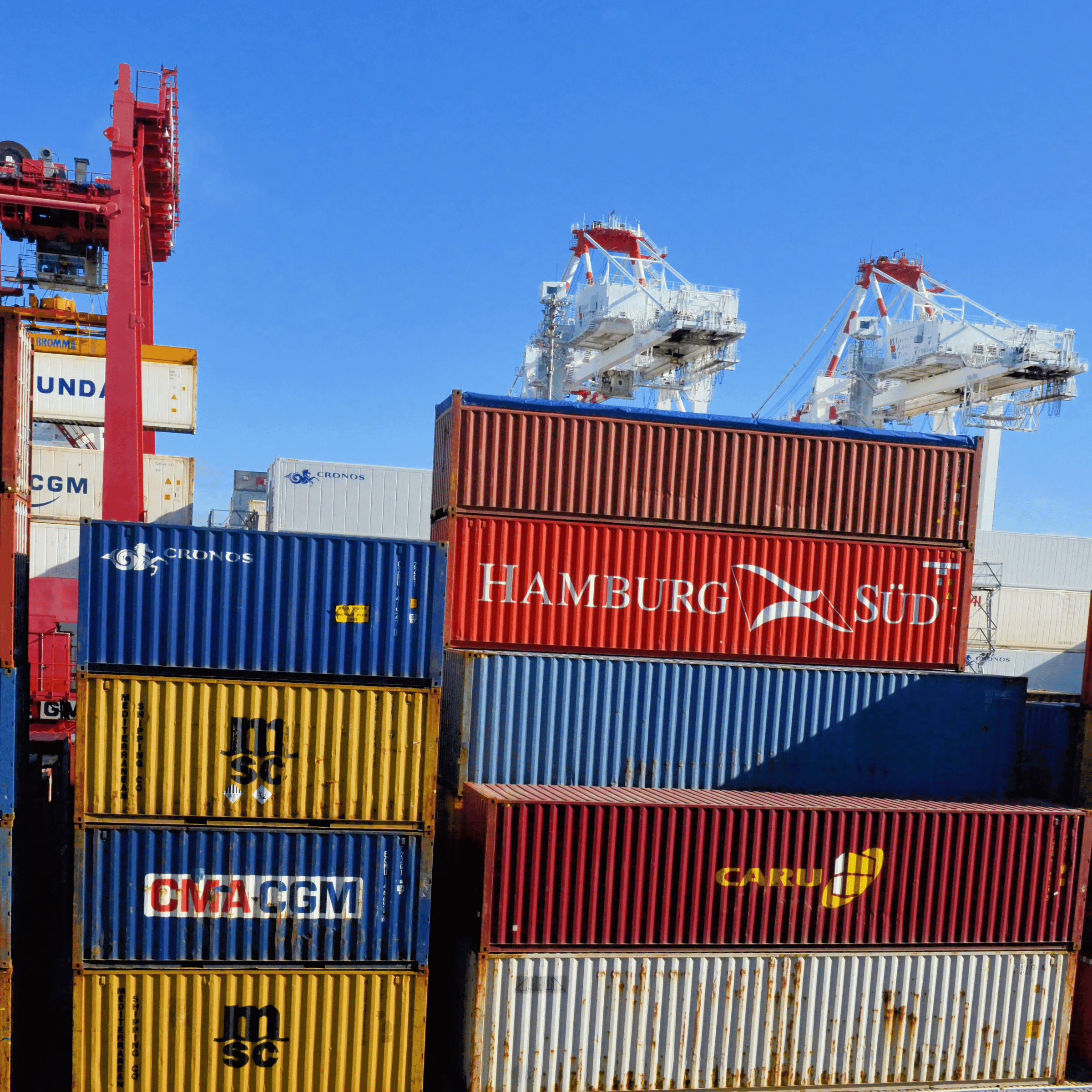In the ever-evolving landscape of ecommerce, where competition is fierce and customer expectations are sky-high, brands are constantly on the lookout for strategies to optimize their operations and maximize profits. One of the most effective ways to achieve this is by focusing on cost savings. Implementing cost-saving measures can significantly impact a brand’s bottom line, enabling it to invest in growth and innovation. Here are five actionable tips that ecommerce brands can adopt to reduce expenses and enhance efficiency.
1. Leverage Automation for Efficiency: The first step towards saving costs is to automate repetitive and time-consuming tasks. Automation tools can manage various aspects of an ecommerce business, from inventory management to customer service inquiries. By automating these processes, brands can reduce labor costs and minimize errors, leading to more efficient operations and better customer experiences. Additionally, automation can help in gathering and analyzing data more efficiently, enabling brands to make informed decisions that can lead to cost savings in other areas of the business.
2. Optimize Your Supply Chain: An optimized supply chain is crucial for minimizing costs and maximizing efficiency. Ecommerce brands should evaluate their supply chain processes to identify any inefficiencies or bottlenecks that could be costing them money. This could involve renegotiating contracts with suppliers for better rates, optimizing shipping routes to reduce delivery times and costs, or even reassessing packaging to minimize waste and shipping expenses. Streamlining these processes can lead to significant cost savings over time.
3. Outsource Inventory to a Third-Party Logistics Provider (3PL): Outsourcing inventory management to a third-party logistics provider can be a game-changer for ecommerce brands. A 3PL can offer scalable storage solutions, which means brands only pay for the space they use. Additionally, 3PLs often have established relationships with shipping carriers, allowing them to offer competitive shipping rates. This not only reduces warehousing and shipping costs but also allows ecommerce brands to focus on their core competencies, such as product development and marketing, rather than getting bogged down by logistics.
4. Implement Sustainable Practices: Adopting sustainable practices is not only good for the environment but can also lead to cost savings. For instance, reducing packaging material or opting for eco-friendly alternatives can lower shipping rates and waste disposal fees. Additionally, consumers are increasingly favoring brands that demonstrate a commitment to sustainability, which can lead to increased brand loyalty and sales. Investing in energy-efficient technologies and practices can also reduce utility costs in the long run.
5. Utilize Data Analytics for Strategic Decision Making: Finally, leveraging data analytics can uncover insights that lead to cost savings. By analyzing sales data, customer behavior, and market trends, ecommerce brands can make informed decisions about inventory management, marketing strategies, and product development. This can help in reducing overstock and understock situations, optimizing marketing spend, and ensuring that product development is aligned with customer demand.
Implementing these cost-saving tips requires upfront investment in time and resources, but the long-term benefits can be substantial. By focusing on efficiency, sustainability, and strategic outsourcing, ecommerce brands can reduce expenses, enhance customer satisfaction, and position themselves for sustainable growth in a competitive market.






